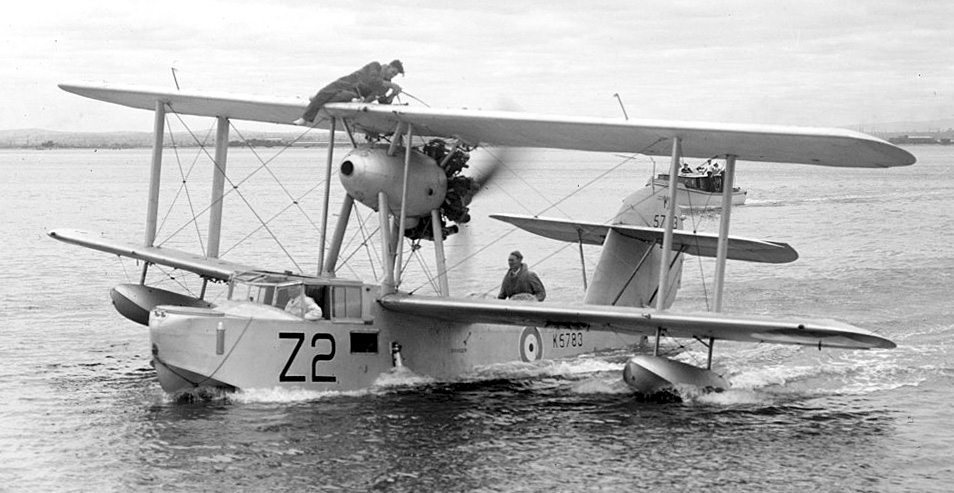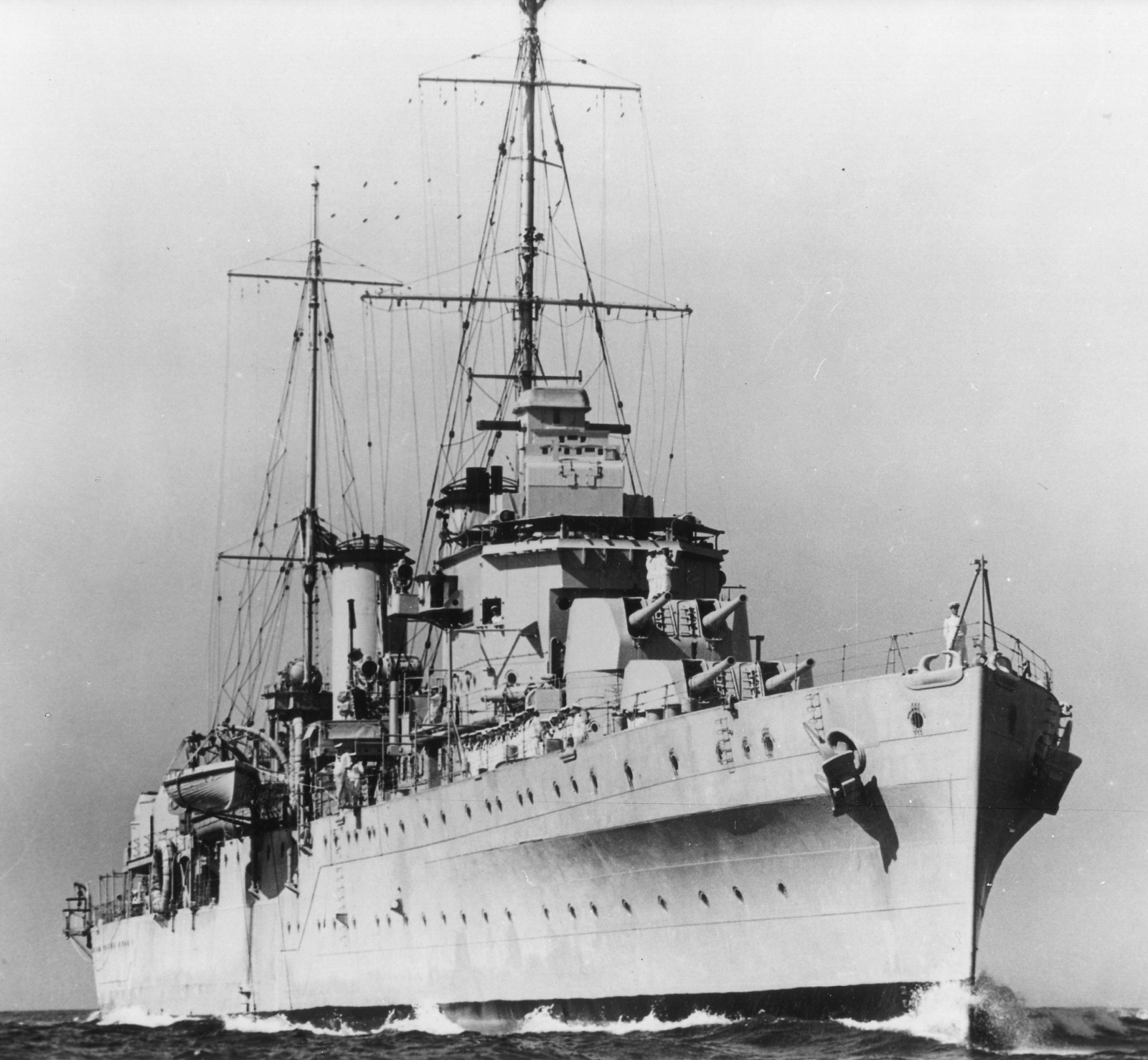Walrus 1, L-2319
Today, a ruined airplane -- and what might've been. The University of Houston presents this series about the machines that make our civilization run and the people whose ingenuity created them.
The Royal Australian Air Force lost a plane at 11:00 PM, February 28, 1942. Australia and America lost a lot more that night. One antediluvian biplane was a tiny fragment in a terrible battle. It was the Supermarine Walrus, an amphibious seaplane serving the Australian light cruiser, Perth. It did sea rescue, liaison - and reconnaissance. Lt. Jock McDonough was its pilot.

Supermarine Walrus. Image courtesy of the State Library of Victoria.
This was three months after Pearl Harbor, and we were losing the Pacific The Japanese now held the Philippines, Wake Island, much of Southeast Asia, and they were closing in on Java. Two cruisers, our USS Houston and the Perth, had sailed toward Sunda Strait on the western end of Java, and found themselves surrounded by Japanese in the dark. Both ships went down in the furious battle that followed. Much of the enemy's point-blank fire passed through them, and sunk or damaged several of their own troopships.

The HMAS Perth. Image courtesy of the Royal Australian Navy
Fewer than 700 (fewer than half) the Australian and American sailors survived. Most ended up doing forced labor on the Hellish Thai-Burma Railway project. One of was not a sailor, but that Australian airman, Jock McDonough.
Warships once carried those useful little airplanes. They catapulted them into flight, then used a ship's crane to pick them out of the water. But the Houston was without its four little float planes. The smaller Perth carried a single amphibious seaplane, the Walrus. It was bigger than the American planes, but they all looked ancient beside most military planes. The Supermarine Company that built the Walrus also built the famed Spitfire - both went into production in the mid '30s; but there's no hint of kinship between the plodding Walrus and the sleek Spitfire.
This particular Walrus first served on another ship. It made a forced landing at sea, underwent repairs, was put on the Perth just after Pearl Harbor, was damaged again, repaired, and returned to the Perth just before Christmas. Then an accident damaged its wing on New Year's Day. Enemy fire finally destroyed that tattered plane before the Perth went down. McDonough was the only Walrus crew member to survive. He ended up on the Thai-Burma Railway after passing through prison camps in Serang and Bhatavia.
Navies phased out most of those old biplanes a year or so later. Their purposes changed when warships got the new Radar systems. Warfare was morphing even as the Battle of Sunda Strait ended. And that Thai-Burma Railway? It lasted only 'til 1947. Only some sixty percent of 300,000 slave laborers who'd built it, survived.
So waves closed over the ships and men of Sunda Strait. Jock McDonough lived 'til 2005; now he's gone too. And we're left saying: if only that Walrus had been in good repair, if only it'd flown out in daylight. But it wasn't, and it didn't. It went down with the rest, and the waves closed over one more terrible debacle of war.
I'm John Lienhard at the University of Houston, where we're interested in the way inventive minds work.
I did this episode after I attended the opening of the Guardians of the Sunda Strait Exhibit at the Julia Ideson Building of the Houston Public Library, 550 McKinney St., Houston, TX. The exhibit runs from March 2 to June 30, 2017.
See the Wikipedia articles on The Battle of Sunda Strait, The cruiser HMAS Perth, The cruiser USS Houston, The Supermarine Walrus, and Episode 2954 on floatplanes of the type that should've been in use on the USS Houston.
This Australian Navy site gives fine coverage of the HMAS Perth.
This page offers a fascinating YouTube video of Walruses and Seagull Vs in action.
Click here for an Australian War Memorial summary of Lt. Allan Vernon (Jock) McDonough's biography.
Click here for a history of the Thai-Burma Railway, also called the Death Railway. The number of laborers includes Asian Civilians who appear to have been treated even more cruelly than Allied servicemen. About twenty percent of servicemen died, and a much higher percentage of Asian civilians. Most of us remember the famous Alec Guiness movie, The Bridge on the River Kwai, about the Thai-Burma Railway. It presented a highly sugar-coated picture of prisoner conditions.
The Houston Grand Opera commissioned a very moving piece -- a reflection on the battle and its aftermath -- by Mark Buller and Leah Lax. It premiered as a part of the opening of the Guardian of the Straits Exhibit.
Click here for more detail, and the full audio.
I am most grateful for their counsel to: Leah Lax, Andy Boyd, Nana Booker, Lindsey Shaw, and Julie Grob.
This episode was first aired on March 10, 2017